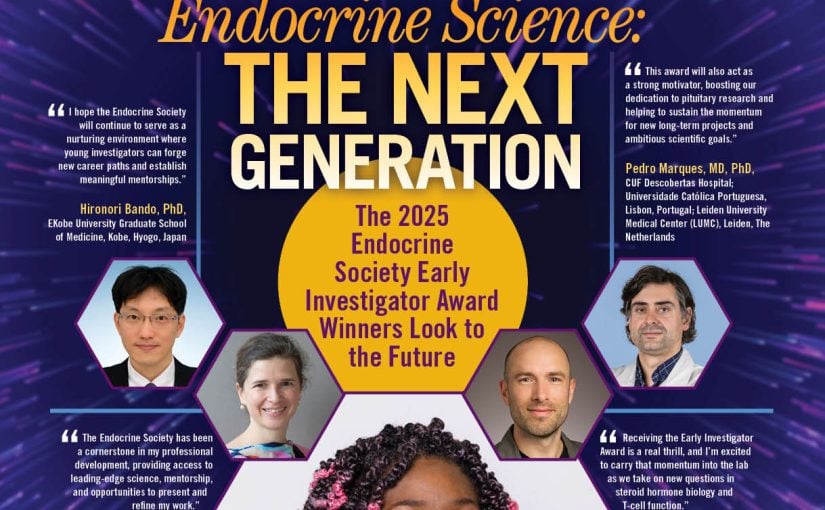A recent systematic review published in The Journal of Clinical Endocrinology & Metabolism confirms that early hormone therapy can effectively recreate “mini-puberty” in male infants born with congenital hypogonadotropic hypogonadism (CHH) — a rare condition characterized by insufficient hormone production during early infancy.
In healthy boys, a temporary surge of hormones shortly after birth — known as mini-puberty — stimulates genital growth and activates the development of sperm-supporting Sertoli cells through the hypothalamic-pituitary-gonadal (HPG) axis. But in infants with CHH, this crucial phase doesn’t occur, leading to conditions like micropenis and undescended testes (cryptorchidism).
While encouraging, the findings are based on a relatively small number of studies with varied protocols. Long-term outcomes — particularly regarding fertility — remain to be fully evaluated.
CHH is often diagnosed in adolescence when patients present with delayed or absent puberty. At that point, treatment typically includes testosterone therapy and sometimes surgery, but despite this, patients can suffer from psychological distress, reduced bone density, and limited success with fertility treatments due to underdeveloped Sertoli cells.
However, early diagnosis is possible — especially in newborns who show “red flag” signs like micropenis, undescended testes, cleft lip and palate, ear and finger abnormalities, hearing loss, lack of smell, and underdeveloped kidneys. Recent studies suggest that pituitary gonadotropin hormone replacement during infancy can promote both testicular descent and Sertoli cell development, potentially improving long-term reproductive outcomes.
“Mini-puberty offers a small window of opportunity both to diagnose and treat CHH early in childhood,” the lead author Sasha Howard from Queen Mary University of London, UK, and her research team write. “Combined gonadotropin therapy in infancy holds promise for both immediate and long-term improvements in fertility and quality of life.”
The review, “Gonadotropin Therapy for Mini-Puberty Induction in Male Infants With Hypogonadotropic Hypogonadism,” analyzed data from 11 studies across seven countries, involving 71 male infants with CHH. On average, treatment began at just over four months of age for two to seven year duration, with follow-up ranging from three to 10 years. Gonadotropin therapy, administered via injections or infusion pumps, included luteinizing hormone (LH), follicle-stimulating hormone (FSH), and often human chorionic gonadotropin (hCG) to mimic the natural hormonal patterns of mini-puberty.
Results were promising. Post-treatment, penile length nearly doubled and approached typical size. Hormonal markers such as inhibin B and testosterone increased significantly, indicating healthy Sertoli and Leydig cell function. Testicular descent was achieved fully or partially in about 73% of cases, potentially reducing the need for future surgery. The treatments were generally well tolerated, with only mild side effects, such as nausea, initial sleep disturbance, and increased body hair reported, and no serious complications.
While encouraging, the findings are based on a relatively small number of studies with varied protocols. Long-term outcomes — particularly regarding fertility — remain to be fully evaluated. The authors call for larger, standardized trials and international registries to track long-term effects. They also developed an electronic registry (named I-HH, part of the SDM registries) as well as clinical practice guidelines to improve early diagnosis and treatment of CHH in newborns. These results suggest that mimicking mini-puberty in boys through early hormone therapy could lay the foundation for normal genital development and future fertility. Though more research is needed, this therapeutic window offers a promising pathway for treating a condition that can significantly affect lifelong reproductive health.

